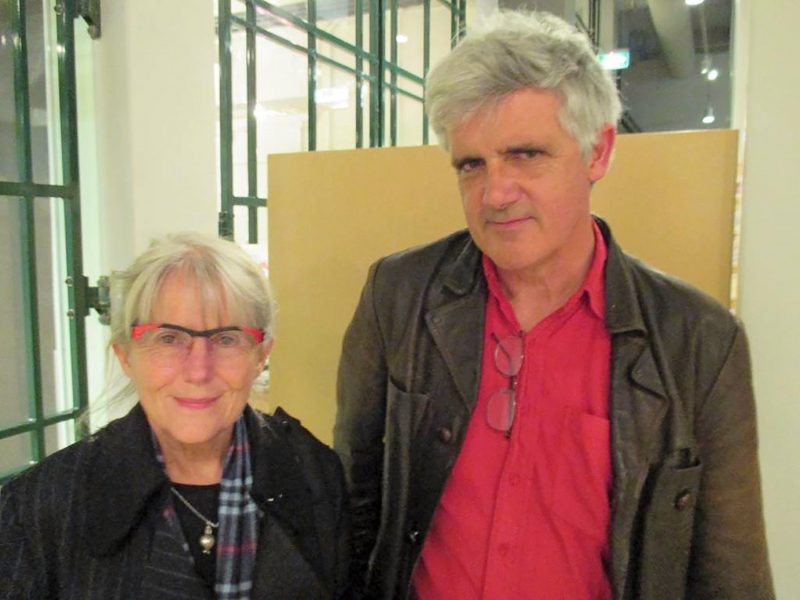by MARTIN DE JONG
An artistic dialogue between life and religion took place at City Gallery Wellington last
month, as photographer Anne Noble and poet/painter Greg O’Brien discussed how Catholicism had influenced their artistic work.
The conversation, “Catholicism and Art: Interior and Exterior Worlds” chaired by Meredith
Robertshawe, was held in conjunction with the exhibition of 1960s “pop art” figure Sr Corita
Kent. The exhibition closed at the gallery on October 16.
Anne Noble described her Catholicism as “like a cathedral that I can enter. It is the room
that I grew up in, that informed my sense of being”.
In the late 1980s, she was drawn to document through photography a community of Benedictine nuns, spending many months with them, and exhibiting their daily life through the collection “In the Presence of Angels”.
“I had this unprecedented access to this way of life,” she said, “of stilling and slowing
down.” She was fascinated by this group of women with a mission for developing the
deep inner life through stillness, reflection and prayer.
But it was also her own reverential journey, exploring the roots and sources of her own Catholicism, of “this room that I inhabited”. It became a “homage to something precious in myself”.
Greg O’Brien meanwhile said, “Catholicism sort of follows me around . . . I find myself drifting into Catholicism one day, drifting back out of it. It’s never too far away. . . I still go to church, I’ve never stopped going to church. It’s one of those things I do. Not all the time, but as much as I can”.
He explored his relationship to Catholicism through his own poetry and art, as well as architecture such as Futuna chapel in Wellington, which had once been at the heart of a Marist retreat centre.
“Now it’s run by a trust and it’s no longer religious, but of course it still is, because these things don’t go away, these energies are bigger than us and our concepts of them and our designs for them,” said Mr O’Brien.
He referred to a recent pieta he completed which portrays Christ and the Virgin Mary in the midst of shipping containers spilled from the Rena container ship that grounded just outside Tauranga Harbour in October, 2011. He and his family were at Waihi Beach when they saw containers washed ashore. “For me it was
always a kind of manifestation of human-made catastrophe and misadventure and of course the crucifixion of Christ can carry that sort of meaning as well”.
“This is this conversation between the world of religion and the world that we inhabit. These things won’t let each other go.”
Both artists related to Sr Corita’s art in different ways. For Ms Noble, Sr Corita’s protest inspired work reminded her of photography and posters she experienced in community and political activism during the 1980s /1990s, while Mr O’Brien saw parallels with Colin McCahon’s integration of poetry with art.
Ms Noble’s latest work has returned to a cloistered environment, in a collaboration with beekeepers, scientists, cabinet-makers, architects, musicians and technicians.
A “cabinet of curiosity” displays bees living inside an 18th century-style cabinet in a
(decommissioned) Cistercian monastery in France — the Abbaye de Noirlac.
She described it as “an object of great beauty” that comes alive in conversation,
as she continues to explore the Benedictine commitment to “a dialogue in relationship to the world”, coming out of silence and reflection.
Images and sound from the bees’ activity has also been used within a musical and
light show at the abbey, incorporating song, musical instruments and the poet Virgil’s hymn to human labour and nature.

Reader Interactions